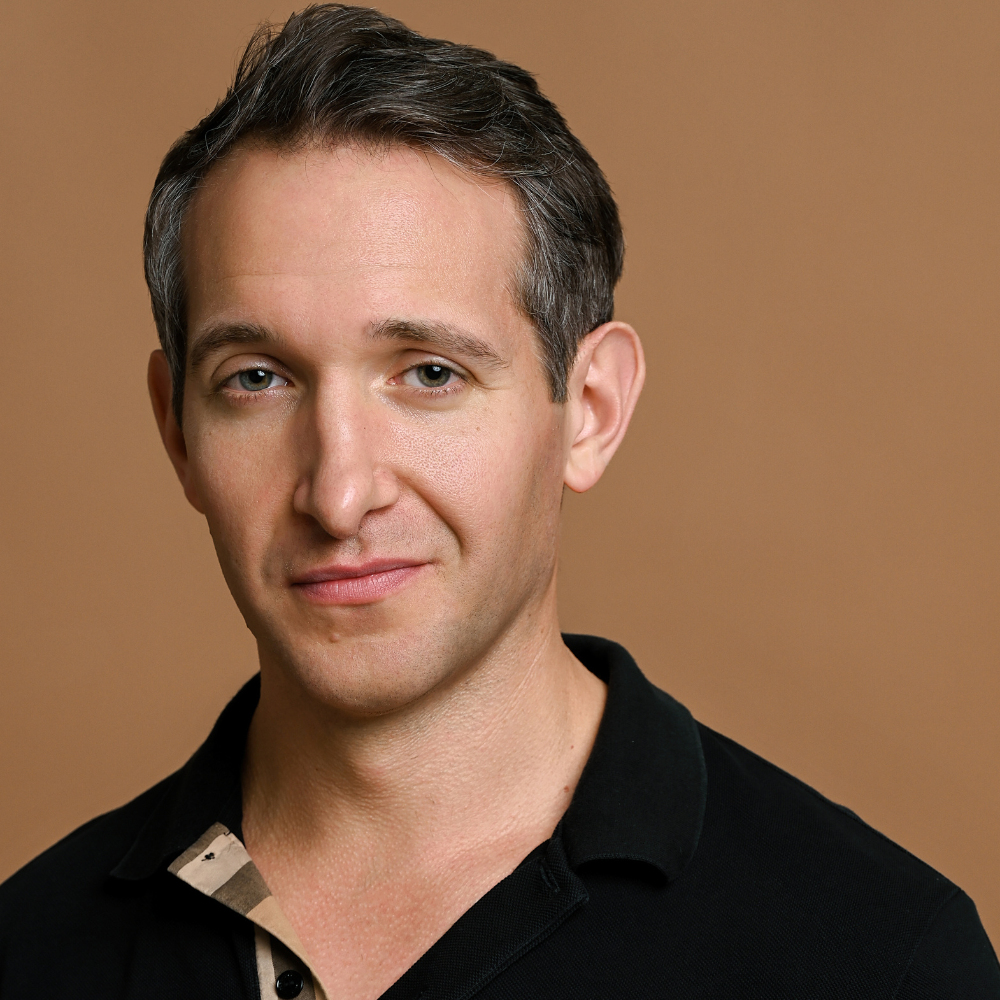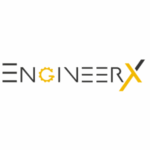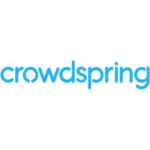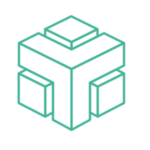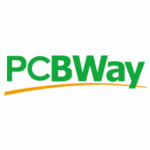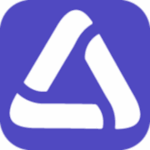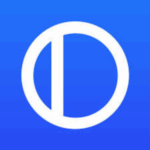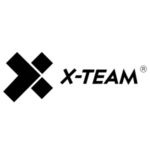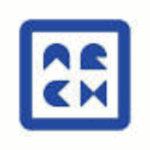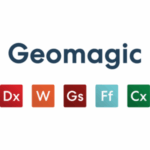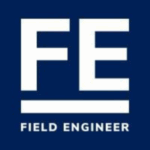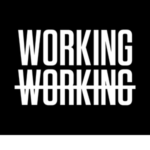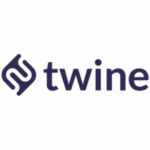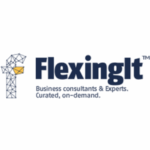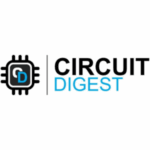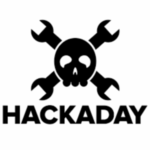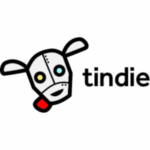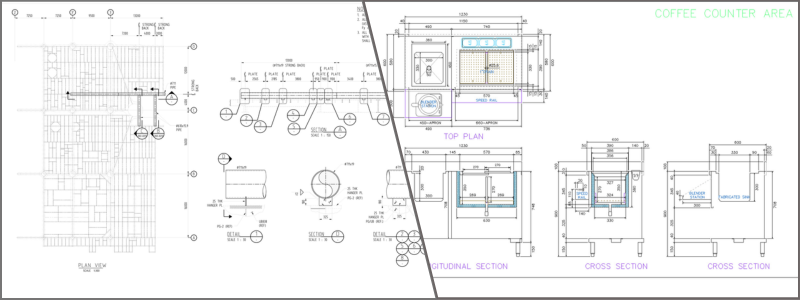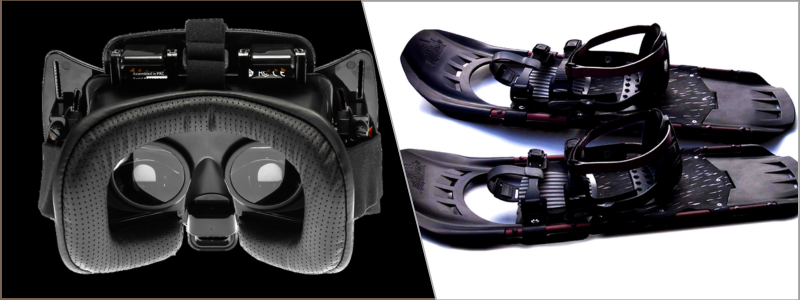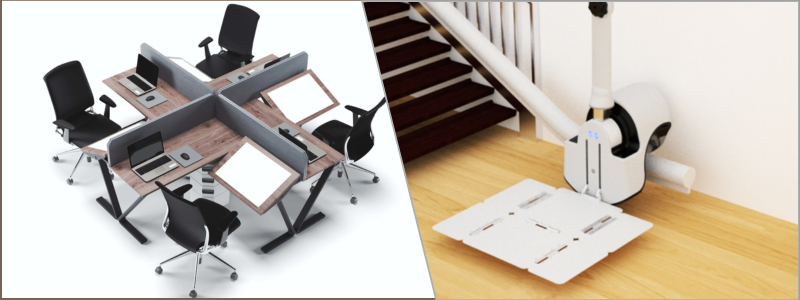Suppose you’ve ever tried to hire a Creo design freelancer. In that case, chances are you’ve ended up with either (A) someone who thought Creo was short for “creative,” or (B) someone who could technically open a .prt file but ran away screaming at the mention of parametric constraints. Welcome to the wonderful (and occasionally frustrating) world of Creo hiring.
PTC Creo is a beast of a platform. It’s not just another CAD tool – it’s what serious product development teams use when building everything from industrial-grade parts to medical enclosures, aerospace mechanisms, and next-gen consumer devices. It’s a go-to for engineers who eat constraint-based modeling and Finite Element Analysis (FEA) for breakfast. So naturally, finding someone who doesn’t just know Creo but actually gets your industry? That’s gold.
But here’s the problem: most freelance CAD platforms are flooded with generalists. You’ll find ten thousand CAD designers before you find one who can write a robust Creo family table or manage top-down design without a meltdown.
That’s where this guide comes in. We’re not just throwing names at you. We’re ranking the platforms based on how Creo-friendly they are – how easy it is to filter, vet, communicate, and get your parts delivered without having to explain what a swept blend is.
We’re starting from the top – specialized, vetted sites that speak fluent Creo – and working our way down to the more popular platforms where you’ll have to dig a bit deeper. So grab your design brief, sip your coffee (or Red Bull), and get ready to meet your next Creo wizard.
Section 1: Niche & specialized platforms that truly get Creo
These are the gems – platforms built around engineering, CAD, or manufacturing that don’t require you to translate “Creo Parametric” into a bunch of unrelated results. If you’re serious about prototyping or developing a real product, start here.

Cad Crowd – The Creo-focused freelancer goldmine
If there’s one place that actually understands what Creo design involves, it’s Cad Crowd. No fluff, no mass spam bids – just real engineers who specialize in 3D modeling services, simulation, and product development. Cad Crowd has an entire category dedicated to Creo freelancers, which is surprisingly rare. From parametric modeling and assemblies to sheet metal and industrial surfacing, these designers are pre-vetted and experienced.
What’s great about Cad Crowd is the flexible hiring: you can post a project publicly, start a private invite-only job, or even launch a design contest to get multiple concept submissions. The platform also offers NDA support, escrow protection, and optional project management services, which means less micromanaging and more building. Want a Creo model that’s not just pretty, but manufacturable? Cad Crowd should be your first stop.
Website: CadCrowd.com
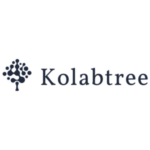
Kolabtree – For science meets engineering
Kolabtree is where PhDs, scientists, and engineers collide – and that’s a very good thing if your Creo project involves serious technical modeling. Whether you’re designing medical equipment, biotech housing, or precision lab tools, Kolabtree connects you to freelance engineers with academic and industry backgrounds.
What sets Kolabtree apart is that it’s built around deep-domain problem-solving. So, your Creo freelancer might also understand regulatory constraints, perform FEA, or work with you on tolerance stack-ups. The quoting system is transparent and tailored for complex projects. If you’re looking for a Creo designer who knows what “Class III device housing” really means, you’ll love it here.
Website: Kolabtree.com
RELATED: What you need to know when hiring a product design firm & designer for new prototypes
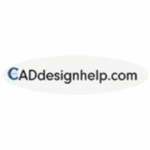
CAD Design Help – One-man Creo army
Sometimes, the best work comes from a single sharp mind. CAD Design Help is a boutique-style service run by a mechanical engineering expert who also happens to be a Creo pro. Unlike large platforms with hundreds of profiles to scroll through, here you’ll work directly with the owner, often a plus when you want tight communication and attention to detail.
Projects range from quick-turn concept models to full-blown enclosure and mechanical assemblies. There’s also the bonus of consultation: instead of just delivering files, this engineer often suggests better design approaches, tolerance strategies, or cost-saving tweaks. Ideal for small businesses, hardware startups, or inventors who want to work with someone who’s not just technical, but also business-savvy.
Website: CADDesignHelp.com

PeoplePerHour – Surprisingly Creo-capable
Despite being more known for creative gigs and business services, PeoplePerHour has quietly developed a decent roster of Creo engineers. UK-based but globally available, this platform lets freelancers sell fixed-price “hourlies” or submit custom proposals to job posts.
Many Creo freelancers here are mid-career engineers or former full-timers who’ve pivoted into freelancing. There’s less noise compared to Upwork or Fiverr, which means the real engineers actually stand out. The review and rating system is reliable, and if you’re hiring in GBP or EUR, the currency support is great. It’s a bit of an underdog – but don’t sleep on it.
Website: PeoplePerHour.com
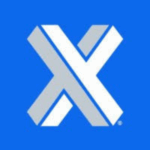
Xometry Experts Network – From CAD to CNC
Xometry is mostly known for manufacturing – think CNC machining, injection molding, and 3D printing. But here’s the twist: their Experts Network lets you hire freelance Creo designers who understand exactly how parts will be made. This makes it ideal for clients who want to bridge the gap between digital models and real-world manufacturing.
Need a Creo model for a 5-axis CNC-milled bracket? Or an injection-molded housing with DFM optimization baked in? Xometry’s freelancers aren’t just pushing geometry – they’re optimizing for the shop floor. There’s a strong emphasis on tolerancing, print-ready files, and assembly design. You can request a quote or be matched automatically.
Website: Xometry.com

Truelancer – Budget-friendly, talent-rich
If you’re price-sensitive or based in regions like Asia, Africa, or the Middle East, Truelancer offers surprisingly strong access to Creo engineers at competitive rates. While it’s not exclusively CAD-focused, a growing number of mechanical designers with Creo experience are available here, especially those with industrial design services and tooling backgrounds.
The platform has a clean interface, upfront pricing, and solid payment protection. Truelancer also includes work histories and portfolio samples, so you’re not flying blind. It’s not for everyone – expect some outreach management and technical vetting – but it’s an excellent spot for mid-sized or prototype jobs when budget is tight.
Website: Truelancer.com
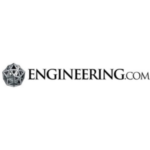
Engineering.com Talent Hub – Where engineers hang out
Engineering.com isn’t just a news and content hub – it also hosts a job board and freelance talent portal specifically geared toward engineering professionals. While it doesn’t operate like Fiverr or Upwork, it gives you access to professionals who understand constraints, FEA, drafting standards, and yes, PTC Creo.
This is more of a direct-hire system: post a job, get applicants, and work off-platform. You’re talking to full-time engineers, many of whom are working contract gigs. It’s not instant, but it’s targeted. For companies looking to build a long-term relationship with a Creo design engineer, this is one of the most credible places to begin your search.
Website: Engineering.com
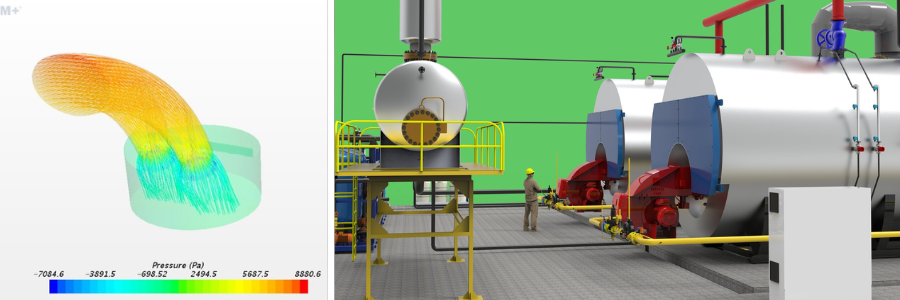
RELATED: The simple secret to unlocking new product innovation at design services companies
Section 2: Mid-tier and hybrid platforms where you’ll still find quality Creo engineers
These platforms aren’t always front and center on CAD-related searches, but don’t count them out. Many offer great talent, reasonable rates, and strong client protections. You’ll just have to dig a bit more to separate the Creo-savvy engineers from the “I-once-opened-SolidWorks-in-2017” crowd.

Guru – A veteran platform with hidden gems
Guru has been around forever in freelance years, and while its UI might not scream cutting-edge, it quietly houses a solid number of Creo specialists. It’s especially popular among engineers and technical freelancers in Eastern Europe, India, and North America.
What’s nice about Guru is the project-based quoting system, which avoids the hourly creep. You post your job, get proposals, and only pay when satisfied. Filtering for “Creo” will still net you qualified talent, especially those who offer both 2D and 3D deliverables, such as 3D rendering services. Bonus points for workroom tools that support milestone tracking and document sharing.
Website: Guru.com

Worksome – A contracting powerhouse with an engineering angle
Worksome is better known in Europe and North America for matching businesses with highly-skilled contractors – and yes, that includes CAD and mechanical engineering pros. Unlike marketplaces filled with gig-hunters, Worksome focuses on curated, professional freelancers with verifiable resumes.
While it doesn’t have a Creo-specific section, using smart search filters (keywords, job history, tools used) reveals engineers with Creo and other parametric CAD experience. The upside? Better quality conversations and talent who treat your job like a professional engagement, not a side hustle between Fiverr gigs.
Website: Worksome.com
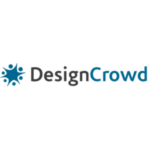
DesignCrowd – Mostly graphics, but not entirely
You wouldn’t expect DesignCrowd – home of logos and t-shirt contests – to make this list. But dig into its industrial design category, and you’ll find freelance engineers and product design experts who use Creo, especially for mechanical packaging, conceptual rendering, and product mockups.
DesignCrowd works best for front-end design projects where visuals matter, and it allows you to launch crowdsourced challenges. If you want to explore multiple early-stage product concepts before building a final CAD file, it’s not a bad place to test creativity. Just be sure to clarify you’re looking for Creo .prt or .asm deliverables, not just pretty renders.
Website: DesignCrowd.com
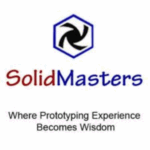
SolidMasters – The under-the-radar engineering network
SolidMasters isn’t flashy, but it’s tailored to people who speak CAD fluently. You’ll find engineers who specialize in PTC Creo, SolidWorks, and Siemens NX – all offering modeling, simulation, and documentation services. This platform feels like the online version of flipping through a local contractor rolodex, but for 3D design pros.
Expect fewer gimmicks and more direct engagement. Many freelancers here work with small and mid-sized manufacturing clients and are comfortable tackling full assemblies, motion studies, and BOM-ready deliverables. If you value technical fluency over marketing fluff, it’s worth a close look.
Website: SolidMasters.com
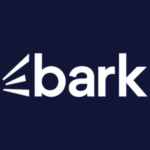
Bark – The LinkedIn for CAD freelancers
Bark connects clients with professionals across dozens of industries, from personal trainers to architects to – yep – freelance design engineers. Its strength lies in geographic specificity. Need a Creo expert in your city or state? Bark lets you filter by location and service niche.
When hiring a CAD freelancer, this can be invaluable, especially if you want in-person collaboration or local knowledge of standards and regulations. Bark’s vetting is basic, so always ask for portfolios and version compatibility (Creo 7 vs. Creo 10, etc.), but for regionally rooted hiring, it’s tough to beat.
Website: Bark.com
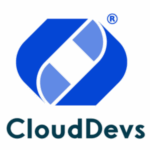
CloudDevs – Mostly devs, but CAD is growing
CloudDevs is a premium freelance platform for developers, but its CAD and design wing is growing, especially in the industrial and hardware startup scenes. With a strong emphasis on vetting and pre-screening, it offers a streamlined way to connect with high-performing freelancers who’ve worked with real clients.
While “Creo” isn’t a top keyword here, if your project blends mechanical design with embedded hardware or physical interface development, you may find Creo-savvy freelancers who also understand electronics integration. Ideal for projects that straddle hardware/software territory.
Website: CloudDevs.com

Toptal – White-glove matching, but with limited CAD talent
Toptal’s reputation is built on elite developers and designers, but did you know they have engineers, too? While Creo specialists are rare here, the Toptal team will actively help you find one through their network if you ask. Their selling point is deep screening – only the top 3% of freelancers make the cut.
What this means for you: if you land a Creo freelancer on Toptal, you can expect a top-tier professional who has been through rigorous tests for engineering design companies. It may take time to get matched, and the price point is high, but the risk is low. Best suited for enterprises or startups with cash and complex product needs.
Website: Toptal.com

Flexiple – Where engineers get serious
Flexiple is similar to Toptal – highly selective, limited freelancer pool, and focused on enterprise-quality hires. While their spotlight is mostly on software engineering, they’ve begun expanding into hardware and design fields.
If your Creo project involves complex interplays between digital and physical design – think smart devices or IoT enclosures – Flexiple can source freelancers who bring both industrial and tech design fluency. It’s less of a browsing site and more of a concierge matching service.
Website: Flexiple.com

HireCADDesigners.com – What it says on the tin
Straightforward name, straightforward service. HireCADDesigners.com hosts hundreds of CAD professionals, including a fair share who specialize in Creo. Many freelancers here also offer services in SolidWorks, AutoCAD design services, or Inventor – but Creo is a featured option.
What’s nice is the request process: you can post your job or browse profiles based on software expertise. The focus here is CAD-only – no distractions from copywriters, illustrators, or app devs. The downside? It’s more of a job board than a full-service platform, so you’ll manage contracts and payments separately.
Website: HireCADDesigners.com

Cad Coder – A CAD dev community that knows modeling too
Cad Coder bridges the gap between mechanical design and software scripting. That might sound niche, but if you’ve ever needed Creo automation scripts, parametric templates, or model-checking routines, this is the kind of place to find talent who gets it.
You’ll find design engineers who understand geometry and coding, which is perfect for companies doing mass customization, template-based modeling, or design automation using Creo’s toolkit. Hiring often happens through community forums or direct DMs, so don’t expect a polished platform interface – but do expect smart conversations.
Website: TheCadCoder.com
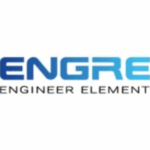
Engre.co – Engineering-focused talent portal
Engre bills itself as a B2B engineering marketplace – and it delivers. With services spanning electrical, mechanical, and civil engineering, the platform connects companies to freelancers and firms worldwide.
Creo shows up prominently in profile skillsets, and the filtering system helps you find engineers by sector – think aerospace, medical devices, consumer electronics design services. Projects can be hourly or fixed price, and freelancers range from individuals to boutique teams. You’ll want to vet experience and licenses carefully, but the engineering credibility is strong.
Website: Engre.co

FreeCadFiles.com – More than just downloads
At first glance, FreeCadFiles.com looks like a 3D model repository – but there’s a twist: many contributors also offer their services for hire. If you stumble upon a Creo file that’s eerily similar to your part idea, there’s a good chance the uploader can customize or enhance it for your project.
Contacting designers is simple, and the platform encourages direct collaboration. It’s not a formal marketplace, but it can be a clever way to discover Creo experts who work in the same niche (think hinges, brackets, gears, or cases). Perfect for rapid prototyping or MVP models.
Website: FreeCadFiles.com

RELATED: Key factors to consider when vetting engineering firms for design & consulting services
Section 3: Big freelance platforms (The popular giants worth navigating) (21–33)
So, you’ve heard of them. Your marketing team uses them. Your cousin freelanced on the side in college. These are the Upworks and Fiverr of the world – massive ecosystems of freelancers that can sometimes feel like digital Times Square. For CAD-specific needs like Creo, you need to cut through the crowd and filter like a pro.
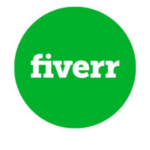
Fiverr – Quick gigs, real pros (If you dig deep)
Fiverr isn’t just for logos and voiceovers anymore. Their “Fiverr Pro” program has some serious CAD talent, including electrical engineering services that specialize in Creo and offer modeling, drawing, and simulation gigs.
The key here is specificity. Search for gigs that mention Creo versions (e.g., Creo 9.0 or 10.0), and pay attention to deliverables – some sellers will only provide STL files, not editable .prt or .asm files. Fiverr works best for quick-turn models, concept parts, or low-risk prototype iterations. It’s also handy for those testing a design concept on a budget before diving into full-blown DFM.
You won’t find full-time engineers here en masse, but you’ll find night owls with precision.
Website: Fiverr.com

Freelancer.com – Bidding battlefield for CAD pros
Freelancer.com is a free-for-all bidding war, but it has the volume and some surprisingly high-quality Creo talent once you look past the auto-bids. The real draw here is flexibility: you can post contests, hourly jobs, or fixed-price tasks, and receive bids within minutes.
The downside? Many freelancers will bid without reading your job description, so your inbox may fill with “I am the best” proposals. Avoid that pitfall by posting extremely specific requests: “Looking for Creo 10 sheet metal expert for consumer electronics enclosure.” Add sample images if possible.
Once filtered, you’ll find plenty of competent Creo engineers with verified work experience and payment histories.
Website: Freelancer.com
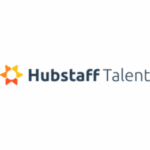
Hubstaff Talent – Free and surprisingly useful
Here’s one that flies under the radar. Hubstaff Talent is a completely free freelancer directory – no fees, no bidding. It’s clean and surprisingly Creo-friendly. You can browse by skill, location, or hourly rate, then contact the freelancer directly.
While the user base is smaller, it’s full of freelancers who specialize in technical and engineering work, such as mechanical drawing services. The biggest perk here is transparency: no algorithmic nonsense, no surprise fees, just people and their portfolios.
If you’re a small business or startup looking for budget-friendly Creo freelancers with solid English and work ethic, Hubstaff Talent is a strong, no-cost alternative to the noisy giants.
Website: Hubstafftalent.net
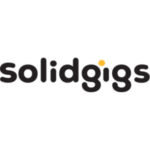
SolidGigs – The lead list you didn’t know you needed
SolidGigs doesn’t host freelancers – it curates job leads from across the internet and sends them to your inbox. Think of it as your freelance research assistant. Every week, you’ll receive a batch of CAD/CAM and mechanical design job leads, and yes, some of them involve Creo.
It’s more useful for freelancers than employers, but it works in reverse, too. If you’re hiring, you can post jobs to the source sites SolidGigs monitors (like PeoplePerHour or niche job boards) and know they’ll reach relevant CAD freelancers.
Not the most direct way to hire, but a smart strategy if you’re building a long-term CAD design team.
Website: SolidGigs.com

Gun.io – Engineers only, but mostly software
Gun.io is one of those “premium talent only” platforms, but it leans heavily toward software developers and data engineers. Still, there’s some overlap into product and hardware development, and with the right request, they’ll try to match you with Creo or product engineering design services.
Gun.io does the heavy lifting in screening candidates, setting up interviews, and handling onboarding. While not explicitly CAD-focused, it can be an excellent resource for projects that blend digital and physical product design (think smart wearables, mechatronics, etc.).
Just don’t go in expecting a sea of Creo profiles – you’ll likely get one or two highly vetted options.
Website: Gun.io

Topcoder – Crowd-based engineering (Yes, for CAD too)
Known mostly for programming competitions and software challenges, Topcoder also hosts open design competitions, and some include Creo design work. They’ve run industrial and mechanical challenges in the past, especially for enterprise clients like GE, Honeywell, and NASA.
Here, you post a challenge, define your deliverables (e.g., parametric 3D model, motion analysis), and get multiple submissions from talented designers. You select a winner, pay the bounty, and keep the work.
It’s a great model for early-stage product ideation or concept exploration. Not great for confidential or highly specific work, but brilliant if you want to crowdsource innovation.
Website: Topcoder.com
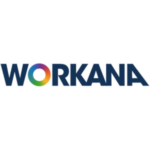
Workana – Latin American talent with solid CAD roots
Workana dominates in Latin America, and it’s growing globally. It’s a good platform for budget-conscious clients who still want professional-level Creo modeling, especially for small batch product designs or custom mechanical components.
The review system is straightforward, freelancers often list their full CAD software stack, and communication is typically excellent. Many of the engineers here come from manufacturing design services or academic engineering backgrounds, which adds to the depth.
Creo isn’t as dominant as AutoCAD or SolidWorks here, but if you know your filters, you’ll find what you’re looking for. It’s ideal for long-term work with trusted freelancers.
Website: Workana.com

Contra – Fresh, modern, and freelancer-friendly
Contra feels like the indie alternative to Upwork. It doesn’t charge freelancers’ fees and offers a slick, minimalist hiring flow for clients. While it’s more popular for creative and tech freelancers, CAD designers are slowly moving in, including some who specialize in Creo.
The platform makes portfolios easy to navigate, with built-in deliverables and pricing transparency. Great for fast collaboration. It’s perfect for those looking for a more modern platform with flexible terms and fair fees.
While still small, Contra’s user experience is top-notch, and it’s steadily attracting more design engineers.
Website: Contra.com
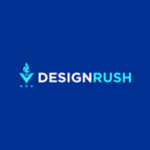
DesignRush – Portfolio-heavy, agency-oriented
DesignRush isn’t about individual freelancers – it’s a B2B marketplace for agencies and firms. That includes many firms offering CAD, 3D modeling, and prototype engineering services, some of which list Creo as their specialty.
This is a great platform if you’re looking to outsource a full Creo project (especially if it includes rendering, prototyping, or even marketing visuals). You’ll browse by vertical (like “Engineering & Manufacturing”) and see real portfolios with client testimonials.
Expect a higher price point, but also a full team working on your deliverables. Less hands-on hiring, more end-to-end solutions.
Website: DesignRush.com

RemoteHub – A growing freelancer community with CAD talent
RemoteHub is newer on the scene but is gaining traction fast, especially among designers and developers. It functions as both a job board and marketplace, allowing you to post freelance jobs or browse freelancer portfolios directly.
There’s a decent pool of Creo designers here – many are also skilled in parametric modeling, DFM, and mechanical drafting. It’s less crowded than the bigger platforms, meaning your job won’t get buried under 50 bids in an hour.
A good choice for startups or clients looking for direct, portfolio-based hiring without the red tape.
Website: RemoteHub.com
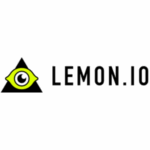
Lemon.io – Carefully vetted, expanding into CAD
Initially built for matching developers with startups, Lemon.io is slowly expanding its roster to include more designers, including CAD and product development freelancers.
While you won’t find “Creo” front and center, they’ve been known to source Creo-savvy designers upon request. The real strength here is vetting: everyone on Lemon.io has passed technical and communication reviews.
If your Creo job also involves product strategy, UI integration, or smart tech hardware, they’ll find someone who fits. Not the biggest selection, but high quality and fast matching.
Website: Lemon.io
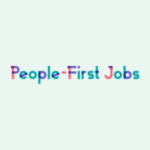
People First Jobs – Engineering with a mission
This job board isn’t a freelancer marketplace in the traditional sense – it’s a curated board for mission-driven companies hiring remote talent. But it includes freelance and contract positions, especially for hardware, product design, and sustainability-focused engineering roles.
If you’re building something that matters – green tech, health devices, educational hardware – you may find Creo designers aligned with your mission here. Candidates often list deep engineering credentials, and compensation is fair, not exploitative.
A niche site, but one that punches above its weight when values matter as much as deliverables.
Website: PeopleFirstJobs.com

Clutch.co – Agency discovery, CAD style
Clutch isn’t a freelancer site – it’s a review platform for service providers. But it’s a goldmine if you’re looking to hire a Creo design firm rather than a solo freelancer. Use the search filters for “Product Design,” “Mechanical Engineering Services,” or “CAD Design,” and narrow by location or industry.
Most of the agencies listed here have experience in Creo or PTC ecosystems. Read through detailed client reviews and case studies. If you want a reliable Creo design partner for multi-phase development or enterprise-level modeling, this is where to go shopping.
Website: Clutch.co
Upwork – Powerful filters, if you know where to click

Upwork is the Swiss Army knife of freelance marketplaces. It’s enormous, credible, and packed with freelancers from all over the world – but you’ll need to use advanced filters and smart search terms like “Creo Parametric,” “PTC Creo 10,” or “Top-down modeling” to zero in on quality candidates.
The platform lets you post jobs, review proposals, or invite freelancers directly. Read their work history closely – someone who lists 5+ CAD programs probably has one specialty. Look for detailed portfolios showing .asm files, drawings with GD&T, or simulation studies. Pro tip: Filter for “rising talent” or “top rated” to avoid beginner bids.
It’s a jungle, but with a compass (and a bit of skepticism), you’ll find solid Creo engineers.
Website: Upwork.com

RELATED: 10 design principles for product development & industrial design services teams
Conclusion: Choosing the right Creo platform
Hiring a top-tier Creo freelancer is more of an art than a checklist exercise. If you want an expert who knows Creo like a second language, start in the niche. Platforms like Cad Crowd, Kolabtree, CAD Design Help, Xometry, and Engineering.com Talent Hub are engineered (literally) around serious parametric modeling, engineering rigor, and manufacturing-ready delivery. They’re where homework meets industrial application.
If your project is mid-tier – say, a prototype, contract job, or mid-complexity mechanical assembly – these hybrid platforms (Guru, Worksome, DesignCrowd, Toptal, and Engre) offer a mix of engineering and tech talent without the high markup or inflated bidding wars. You’ll need to scrutinize portfolios and probe deeply, but the payoff can be excellent.
Looking for speed, selection, or budget-friendliness? The big platforms – Cad Crowd, Freelancer, Fiverr, Upwork, and the rest – are bustling marketplaces. Yes, it can feel like finding a needle in a haystack filled with glitter. But with thoughtful filters, precise job posts, and portfolio verification, you can land top-shelf Creo talent. Think of them as design bazaars: brimming with options, but you’ll still want your own quality compass.
Cad Crowd design expertise
Cad Crowd leads the world as the best marketplace to find vetted experts in Creo, AutoCAD, CATIA, product design, architectural design, and many other professionals in the AEC industry. Find the best Creo designer for your projects – call us for a free quote today.

